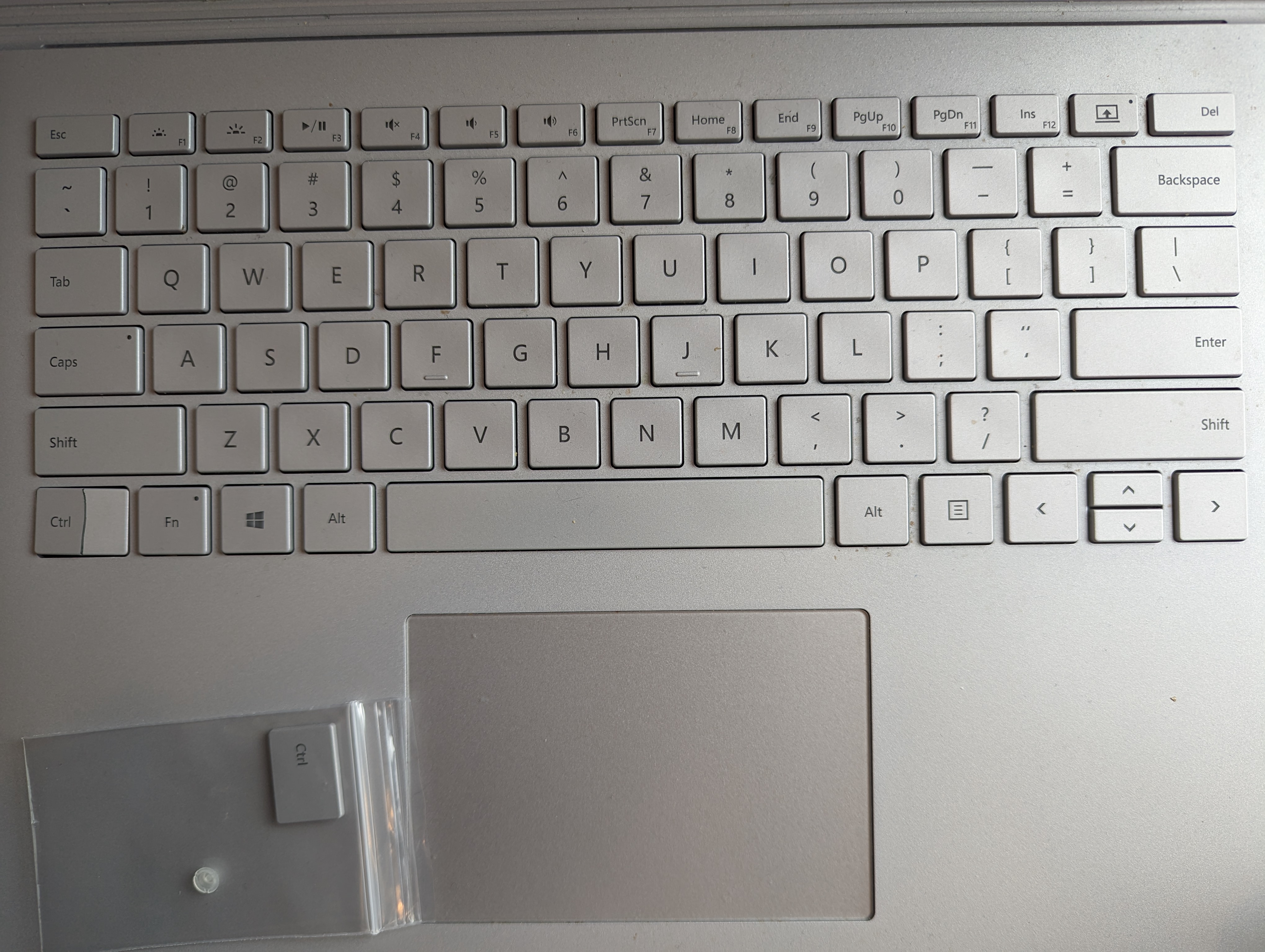
Image Source: Google
When one of the keys on your laptop keyboard stops working or goes missing, it can be a frustrating experience. However, replacing a laptop key doesn't have to be a daunting task. With the right tools and knowledge, you can easily unlock the secret to seamless laptop key replacement. In this step-by-step guide, we will walk you through the process of replacing a laptop key so you can get back to typing with ease.
The first step in laptop key replacement is to identify the type of key mechanism your keyboard uses. There are two main types of key mechanisms: scissor switches and rubber dome switches. Scissor switches are typically found in higher-end laptops and have a more durable and responsive feel, while rubber dome switches are more common in budget laptops and have a softer and quieter typing experience. Knowing which type of key mechanism your laptop uses will help you determine the right replacement key to purchase.
Once you have identified the type of key mechanism, the next step is to purchase a replacement key. You can usually find replacement keys online from websites that specialize in laptop accessories. Make sure to purchase a key that is compatible with your specific laptop model to ensure a proper fit. It's also a good idea to purchase a few extra keys in case you need them in the future.
After you have purchased a replacement key, it's time to remove the broken or missing key from your laptop keyboard. To do this, gently pry up the surrounding keys using a small flathead screwdriver or a keycap puller. Be careful not to damage the surrounding keys or the key mechanism underneath. Once the surrounding keys are lifted, you should be able to easily pop off the broken or missing key.
With the broken key removed, it's time to install the replacement key. Start by placing the replacement key over the empty key slot on the keyboard. Make sure the key is aligned correctly and then press down firmly until you hear a click. The key should snap into place securely. Replace the surrounding keys in the same manner, making sure they are all properly seated.
Once the replacement key is installed, test it out to ensure it is working properly. Press the key several times to make sure it registers each keystroke. If the key is not responding or feels loose, double-check to make sure it is installed correctly. If the issue persists, you may need to remove the key and try reinstalling it.
After you have successfully replaced the laptop key and confirmed it is working correctly, it's a good idea to clean your keyboard to prevent future issues. Use a can of compressed air to remove any dust or debris that may have accumulated underneath the keys. You can also use a damp cloth or keyboard cleaner to wipe down the keys and keep them looking new.
In conclusion, replacing a laptop key can be a simple and straightforward process when you have the right tools and knowledge. By following this step-by-step guide, you can unlock the secret to seamless laptop key replacement and get back to typing with ease. Remember to identify the type of key mechanism, purchase a replacement key, remove the broken key, install the replacement key, test it out, and clean your keyboard for optimal performance. With a little patience and attention to detail, you can have your laptop keyboard looking and functioning as good as new in no time.
